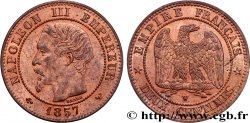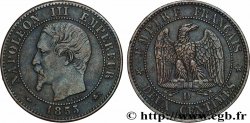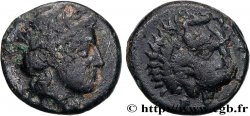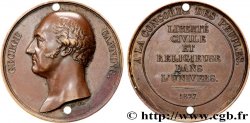E-auction 575-522622 - fme_596642 - SECOND EMPIRE Médaille, Palais de l’Industrie, pavillon du nord
You must signin and be an approved bidder to bid, LOGIN TO BID. Accounts are subject to approval and the approval process takes place within 48 hours. Do not wait until the day a sale closes to register. Clicking on « bid » constitutes acceptance of the terms of use of cgb.fr private e-auctions.
Bids must be placed in whole Euro amounts only. The sale will start closing at the time stated on the item description; any bids received at the site after the closing time will not be executed. Transmission times may vary and bids could be rejected if you wait until the last second. For further information ckeck the E-auctions F.A.Q.
NO BUYER'S FEE.
NO BUYER'S FEE.
| Estimate : | 45 € |
| Price : | 15 € |
| Maximum bid : | 15 € |
| End of the sale : | 22 April 2024 20:25:40 |
| bidders : | 3 bidders |
Type : Médaille, Palais de l’Industrie, pavillon du nord
Date: 1855
Mint name / Town : 75 - Paris
Metal : zinc
Diameter : 68 mm
Orientation dies : 12 h.
Engraver CAQUÉ Armand Auguste (1795-1881) / WIENER Jacques (1813-)
Weight : 133,3 g.
Edge : lisse + main ZINC
Puncheon : main ZINC
Coments on the condition:
Concrétions blanches. Marques d’usure sur les reliefs. Présence de coups et rayures
Obverse
Obverse legend : EUGENIE IMPERATRICE - NAPOLEON III EMPEREUR.
Obverse description : Têtes d’Eugénie et de Napoléon III à gauche. Signé : CAQUE F. / GRAVEUR DE S. M. L’EMPEREUR.
Reverse
Reverse legend : PALAIS DE L’INDUSTRIE // PAVILLON DU NORD.
Reverse description : Vue du Palais de l’Industrie, façade Nord. Signé : GERVAIS ET C EDIT..
Commentary
Diverses médailles commémorent l’édification de ce Palais de l’Industrie. Il est possible de retrouver trois diamètres différents : 68mm, 50mm et 36mm.
Le Palais de l'Industrie et des Beaux-arts, ou plus communément Palais de l'Industrie, est un édifice construit pour l'Exposition universelle de 1855 sur les Champs-Élysées à Paris. Il est l'œuvre de l'architecte Victor Viel et de l'ingénieur Alexis Barrault. Il est détruit à partir de 1896 pour laisser place au Petit Palais et au Grand Palais. Inauguré le 15 mai 1855 par Louis-Napoléon Bonaparte, récemment devenu l'empereur Napoléon III, il fut l'emblème de la première Exposition universelle française. Cette Exposition, qui attira plus de cinq millions de visiteurs, fut la réponse du chef de l'État français au succès de l'Exposition universelle de 1851 de Londres, célébrée notamment pour l'audace et la nouveauté de son Crystal Palace.
Various medals commemorate the construction of this Palace of Industry. It is possible to find three different diameters: 68mm, 50mm and 36mm. The Palace of Industry and Fine Arts, or more commonly the Palace of Industry, is a building constructed for the 1855 Universal Exhibition on the Champs-Élysées in Paris. It is the work of the architect Victor Viel and the engineer Alexis Barrault. It was demolished in 1896 to make way for the Petit Palais and the Grand Palais. Inaugurated on May 15, 1855 by Louis-Napoléon Bonaparte, recently become Emperor Napoleon III, it was the emblem of the first French Universal Exhibition. This Exhibition, which attracted more than five million visitors, was the response of the French head of state to the success of the 1851 Universal Exhibition in London, celebrated in particular for the audacity and novelty of its Crystal Palace.
Le Palais de l'Industrie et des Beaux-arts, ou plus communément Palais de l'Industrie, est un édifice construit pour l'Exposition universelle de 1855 sur les Champs-Élysées à Paris. Il est l'œuvre de l'architecte Victor Viel et de l'ingénieur Alexis Barrault. Il est détruit à partir de 1896 pour laisser place au Petit Palais et au Grand Palais. Inauguré le 15 mai 1855 par Louis-Napoléon Bonaparte, récemment devenu l'empereur Napoléon III, il fut l'emblème de la première Exposition universelle française. Cette Exposition, qui attira plus de cinq millions de visiteurs, fut la réponse du chef de l'État français au succès de l'Exposition universelle de 1851 de Londres, célébrée notamment pour l'audace et la nouveauté de son Crystal Palace.
Various medals commemorate the construction of this Palace of Industry. It is possible to find three different diameters: 68mm, 50mm and 36mm. The Palace of Industry and Fine Arts, or more commonly the Palace of Industry, is a building constructed for the 1855 Universal Exhibition on the Champs-Élysées in Paris. It is the work of the architect Victor Viel and the engineer Alexis Barrault. It was demolished in 1896 to make way for the Petit Palais and the Grand Palais. Inaugurated on May 15, 1855 by Louis-Napoléon Bonaparte, recently become Emperor Napoleon III, it was the emblem of the first French Universal Exhibition. This Exhibition, which attracted more than five million visitors, was the response of the French head of state to the success of the 1851 Universal Exhibition in London, celebrated in particular for the audacity and novelty of its Crystal Palace.







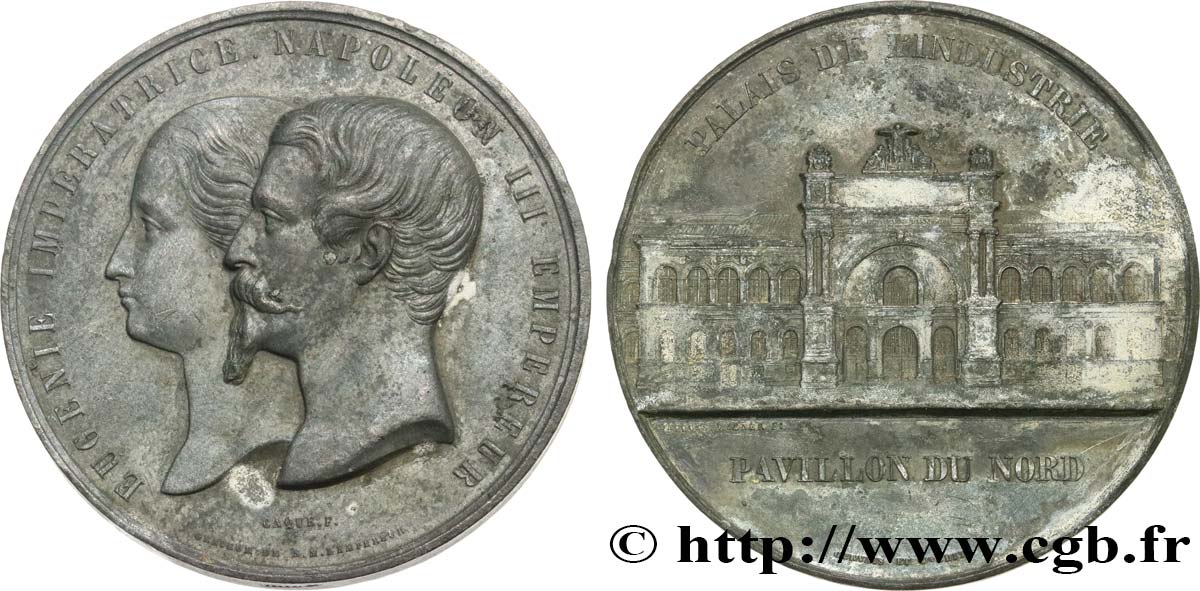
 Report a mistake
Report a mistake Print the page
Print the page Share my selection
Share my selection Ask a question
Ask a question Consign / sell
Consign / sell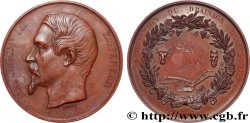
 Full data
Full data